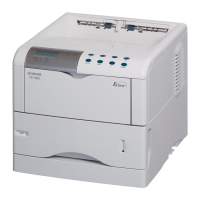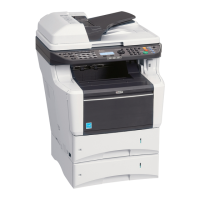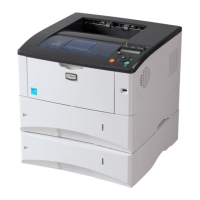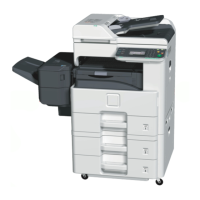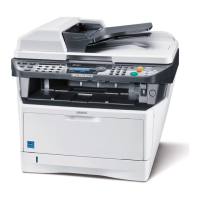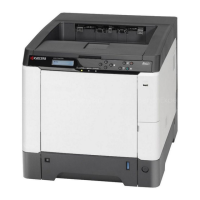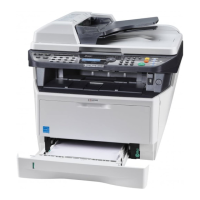Chapter 5 Barcodes
5-4
If the bar and space width parameters are omitted, the printing system uses suitable
default values. Table 5.3. indicates the number of width classes and the default values for
each barcode type.
Barcode 19 (Code 39) has two width classes, which are set to 5 and 10 dots respectively
in the example below. Bar1 and space1 are both 5 dots, and bar2 and space2 are 10 dots.
Bar3, space3, bar4, and space4 are all given dummy values of 10.
Examples:
!R! UNIT D;
BARC 19, Y, ’0123ABC’, 60, 60, 5, 10, 10, 10, 5, 10, 10, 10;
EXIT;
The above widths are doubled in the next example.
!R! UNIT D;
BARC 19, Y, ’0123ABC’, 60, 60, 10, 20, 20, 20, 10, 20, 20, 20;
EXIT;
Barcode 36 (EAN 8 with a five-digit supplement) has four width classes, which are set to
10, 20, 30, and 40 dots in the example below. Two bar heights are also used.
!R! UNIT D;
BARC 36, N, ’012345678912’, 180, 220, 10, 20, 30, 40, 10,
20, 30, 40;
EXIT;
Barcode 39 (USPS POSTNET) prints a POSTNET barcode on a mail piece. The United
States Postal Service (USPS) utilizes POSTNET (POSTal Numeric Encoding Technique)
to process bulk mail and business reply envelopes quickly and efficiently.
Though this barcode accepts any values within the range specified on the previous page,
we recommend that all parameters except type, flag, and string not be specified as the
scanability of the barcode is most effective with the default values. Also the flag parame-
ter for this barcode must be N (do not print human-readable text). See the figure on 8. for
POSTNET barcode location.

